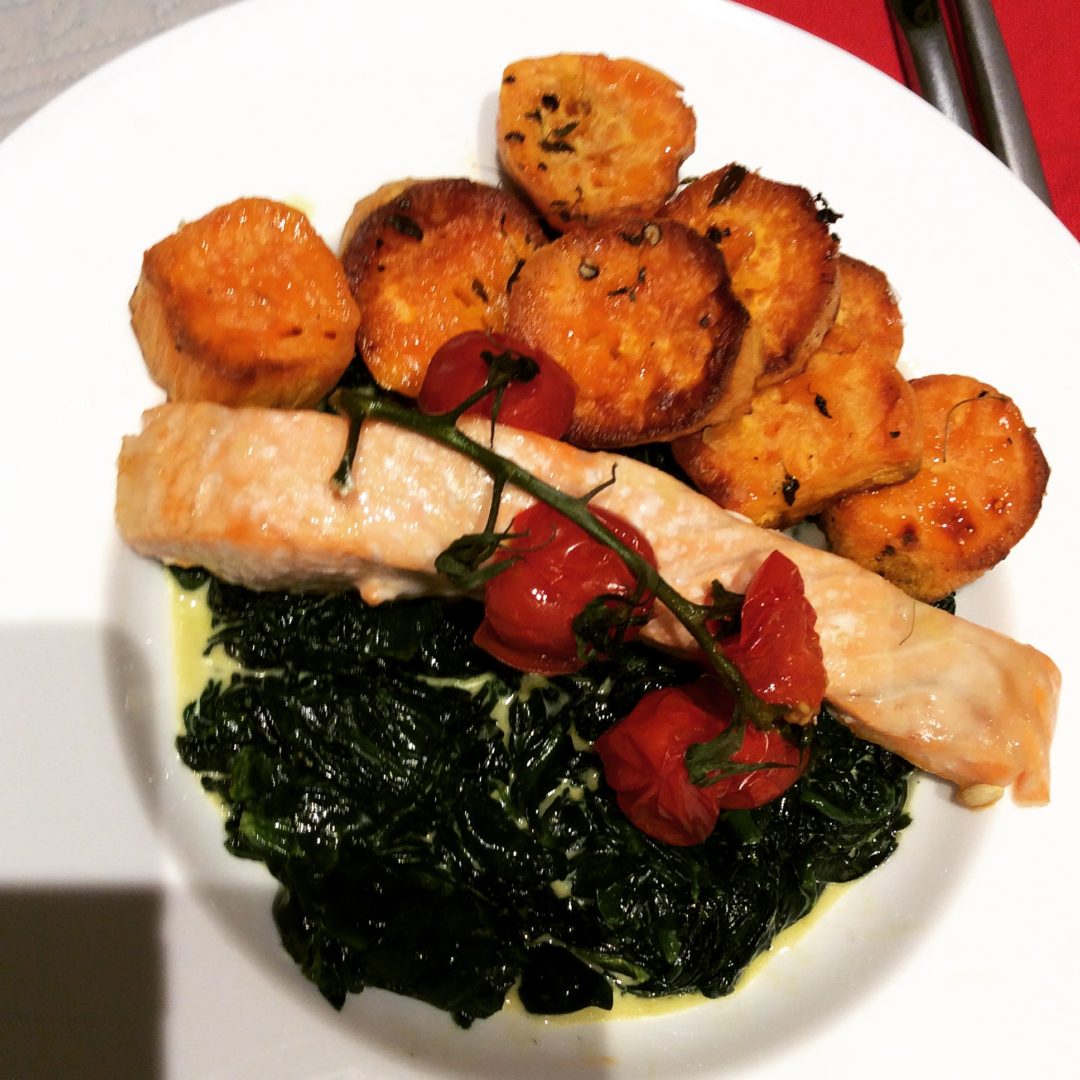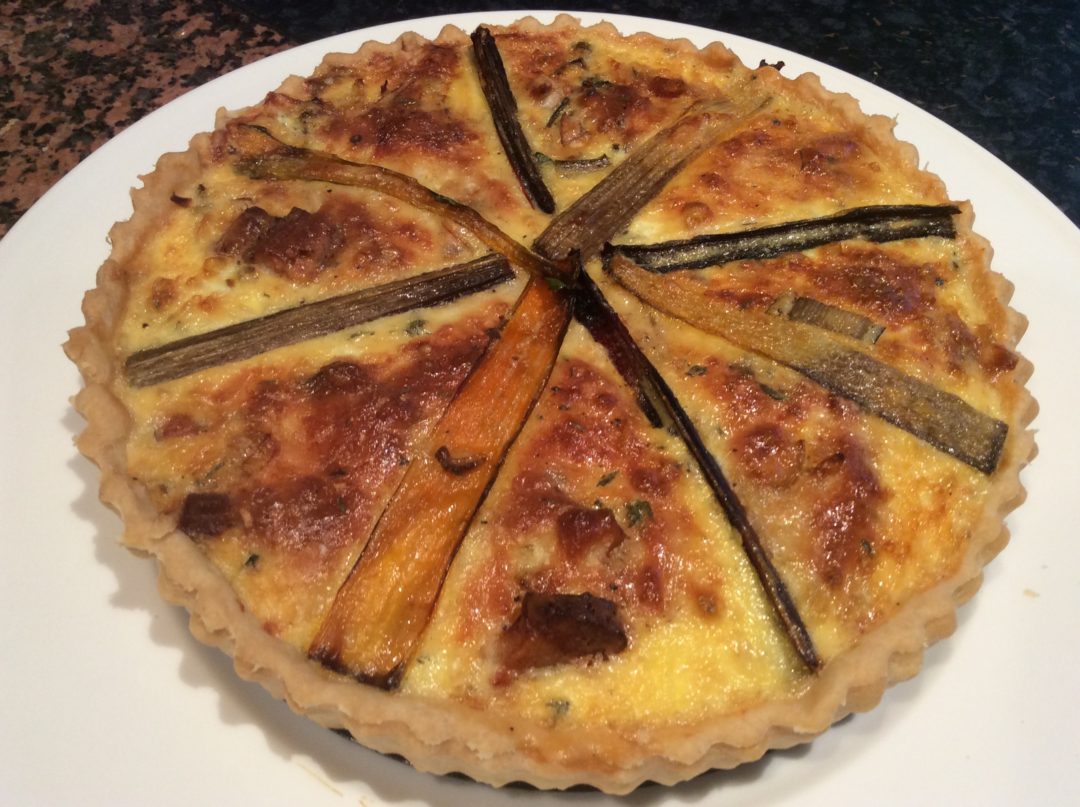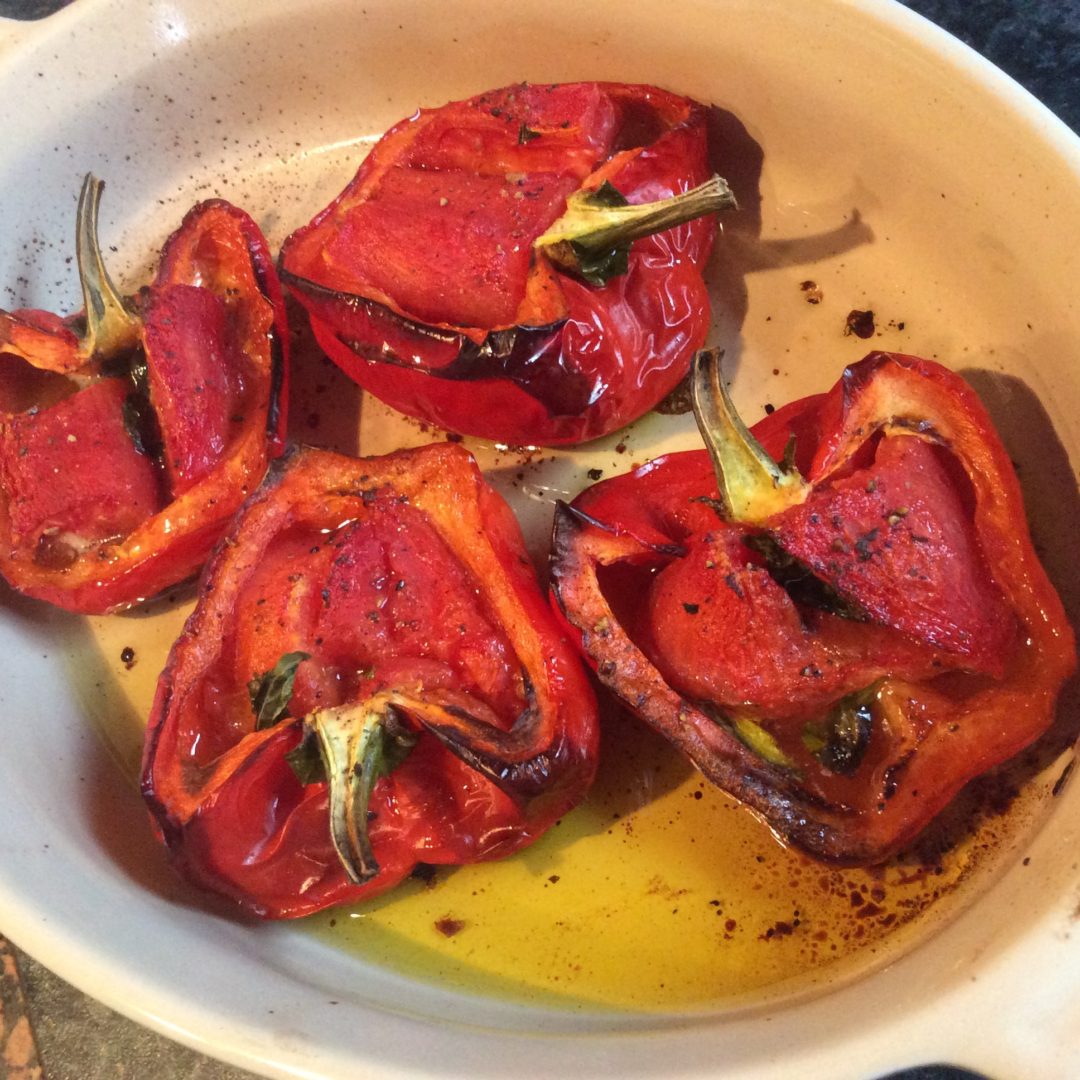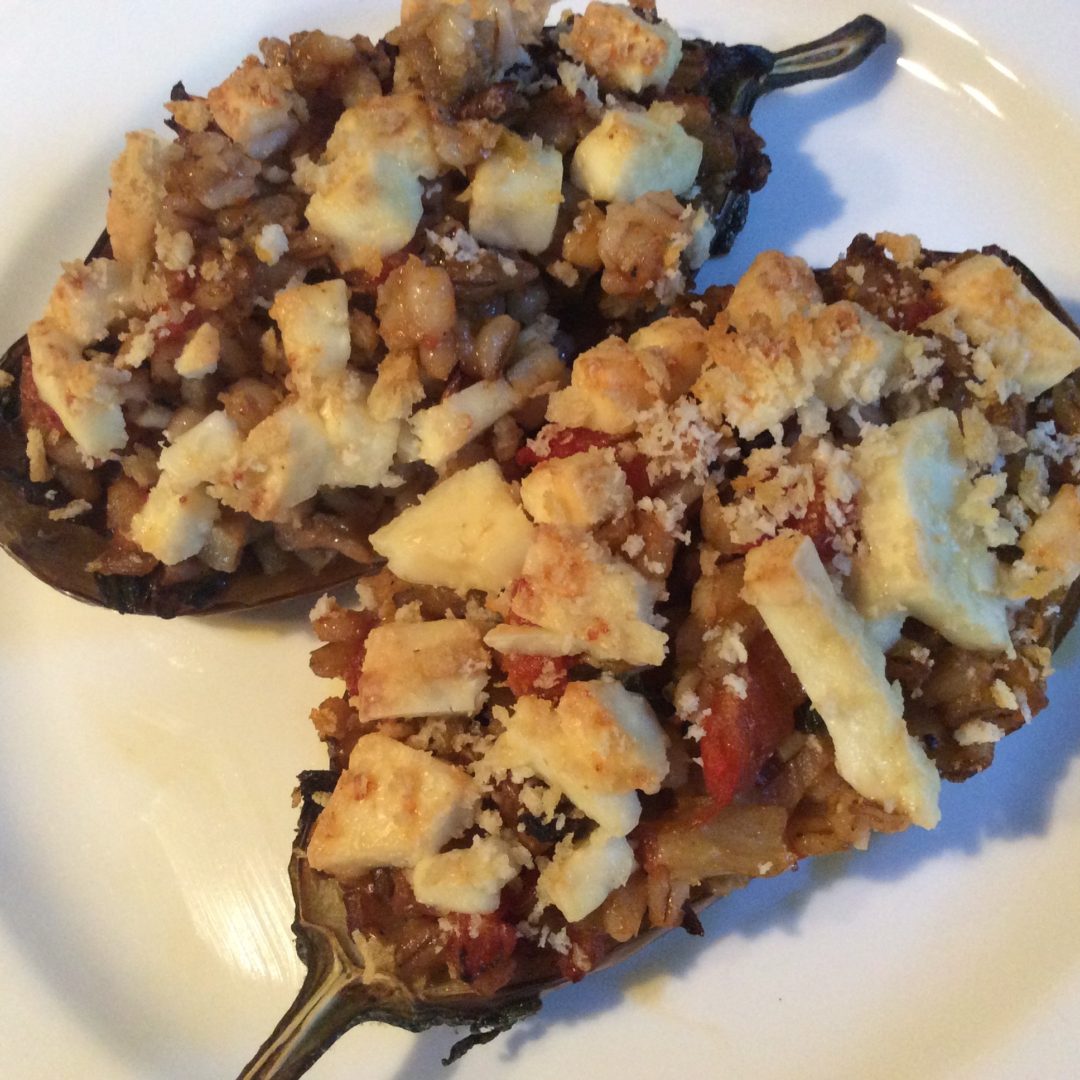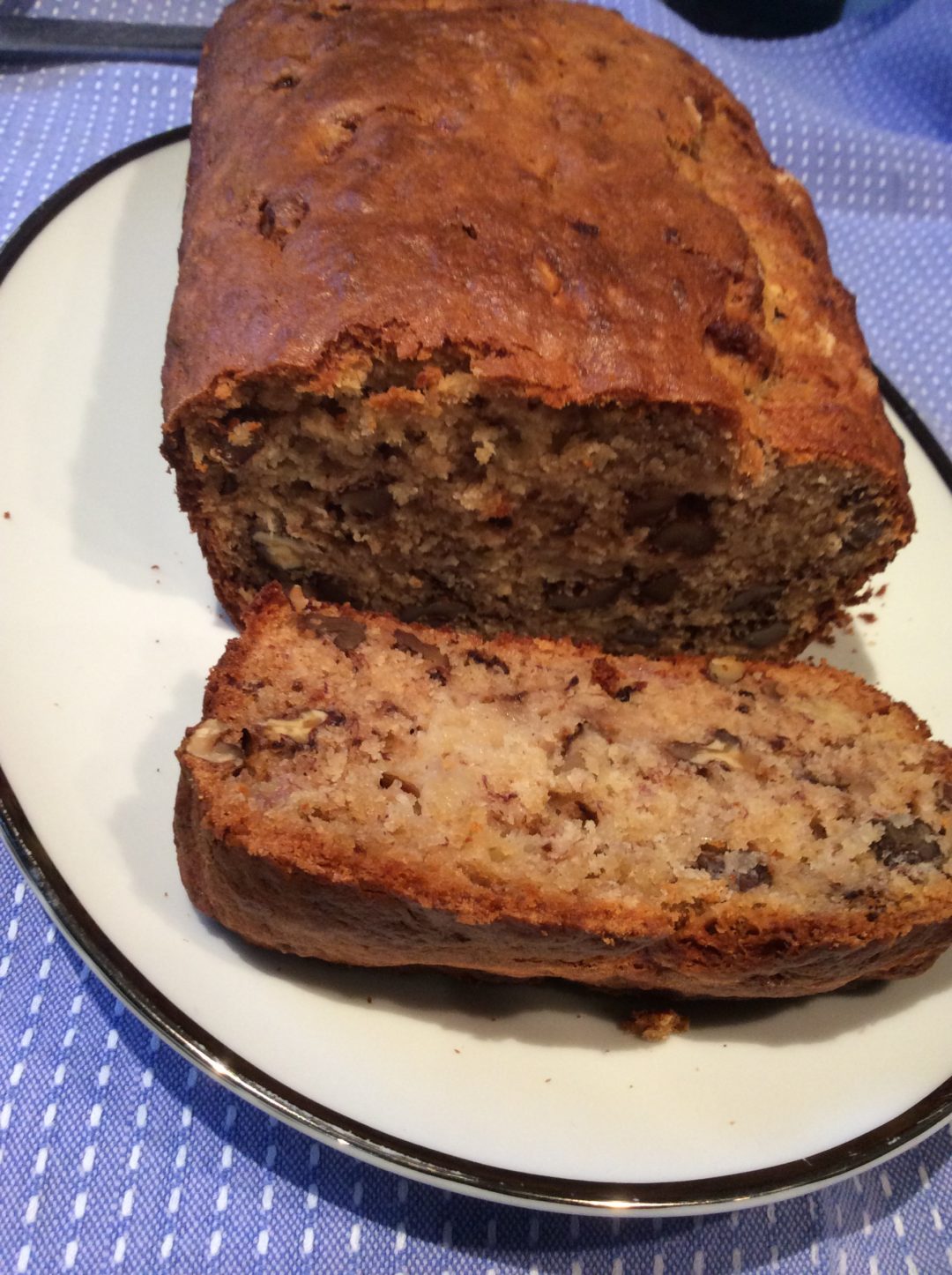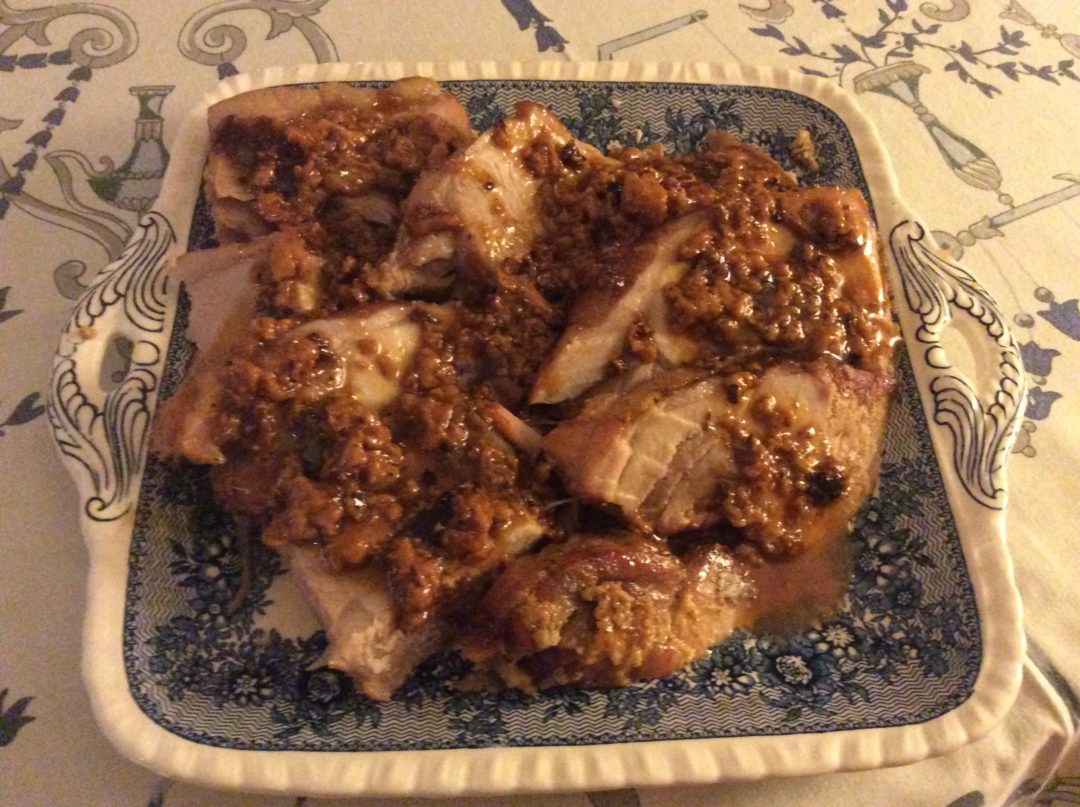Let me state right up front, I love to have a table full of people for whom I’m cooking. Don’t much mind if I’m just making a giant risotto for twelve with antipasti first and green salad then fruit and cheese, or a full scale cordon bleu high French cuisine meal for four. Have to say the former scenario is less stressful and much easier on the budget. On reflection, I am not sure anyone really entertains at home in that formal way any more and I can’t stand it when home entertaining becomes a competitive sport.
On that basis, I am going to do a series of occasional posts talking about recipes and tips I have found useful when feeding people at different times of the year and of the day. I will probably include a few failures as well, on the basis that I’m human!
Having said that, having friends round their table is something that sometimes worries people though, so this post is giving you an absolutely foolproof main course that can be put on the table in under 30 minutes, is stress-free and can be done even if you’ve over done it on the aperitivi before you get in the kitchen…not that I have any experience in that regard…
Before we get to the recipe, I would like to emphasise that the quality of ingredients here is crucial: when we cook something this simple, the flavours must be clear and authentic, so do try to find the best you can and in the case of the salmon, preferably organic.
In terms of setting this within the context of say, a three course meal, I usually give people either a simple soup (prepared the day before) or a cold starter (Roquefort, pear and walnut salad is a crowd pleaser and dead easy), followed by a big bought tart, fresh fruit and cheese. Again, very simple so look for the best you can afford.
While I’ve been writing this, I have come to the conclusion that I really don’t like the word “entertaining” in this context. It’s all a bit Abigail’s Party (find it on You Tube – it’s genius) or 1980’s Cuisine Minceur (don’t bother Googling that – dreadful phase in food; everything served on black octagonal plates and so tiny you just wanted to make a pile of buttered toast once home). Having people round a table, eating good home cooked food (ahem, apart from puddings…) accompanied by conversation and laughter is one of great pleasures. Yes, wine helps but some of the best conversation round our table has come from teetotallers or designated drivers. On second thoughts, maybe there is a correlation there…
That’s a long paragraph to describe why I dislike the pretensions that can accompany feeding people at home and I still haven’t found a word to replace entertaining, so I am going to leave it at “feeding people” and hope it doesn’t make me sound too institutional!
Don’t be deterred by the length of these recipe; it is dead easy and when you’ve done it once, it will all slot into place and you’ll do with your eyes closed – or after a few aperitivi
EASY BAKED SALMON
Print RecipeIngredients
- 1 fillet of organic salmon per person
- 1 slice of Parma ham per fillet (optional - see notes)
- bay leaves
- olive oil
- 1 lemon
- small bunches of cherry tomatoes, left on the vine
- sweet potatoes, say, 1 chunky one per person but depends on appetites!
- mature spinach (not those wimpish “baby”leaves that are for salad but have no flavour when cooked); buy more than you think you can possibly eat
- fresh or dried thyme
- 1 clove garlic
- butter
- double cream or creme frâiche
- salt
- black pepper
- nutmeg
Instructions
Pre heat the oven to 200 degrees/180 degrees fan
Peel the sweet potatoes and cut into chunks about the size of a golf ball
Wash the spinach in two or three changes of water and leave in a colander to drain
Put olive oil into a shallow baking tin or oven proof dish, add the chunks of sweet potato ensuring they are all well coated with oil
Add black pepper, thyme and a smashed garlic clove (no need to peel it)
Put in the oven for 20 minutes
Take a second oven proof dish and add a drizzle of olive oil - just enough to lubricate the base
Pat dry each salmon filet and wrap each in a slice of Parma ham with the “seams” underneath
Slot a bay leaf under the ham, on top, with the tips poking out
Add the tomatoes to the dish, with the salmon, making sure they have a drip of olive oil of them but aren’t swimming in it
Put in the oven proof dish and wait until the sweet potatoes have had their 20 minutes
At that point, turn over the potatoes and return them to the oven
Put the salmon in the oven and set your timer for 15 minutes (Note that this time is for a slender fillet - if you have gone for a chunkier size, add a few minutes)
About 5 minutes before time is up, take your largest pan and melt a good sized knob of butter
When it has foamed, add the spinach and ensure it is all well coated with butter
Add a pinch of salt, put the lid on and leave it alone for about four minutes over a medium heat
When the time goes off for the oven; switch off the oven and leave everything in there while you finish off the spinach
Take the lid off the spinach and you’ll see it has shrunk beyond belief which is why I recommend you buy more than you think you’ll need
Drain it through a colander in the sink and then take an old saucer or small plate and press down hard on the spinach to force out as much of the liquid as possible
(You can do this to this stage a couple of hours in advance and in some ways that’s better, as it does give the spinach time to properly dry out)
Return the resulting green heap to the pan over a low light and move it around a bit more to drive off more liquid Turn up the heat to medium and add a couple of tablespoons of double cream or creme frâiche, heating until it bubbles and sizzles
Add black pepper and freshly grated nutmeg
Turn off the heat, plate up the fish and tomatoes put the potatoes and spinach in serving dishes - job done
Notes
This is colourful, healthy and not too expensive, especially if you replace the sweet potatoes with lentils or brown rice and leave out the Parma ham In truth, the method for this meal can be adapted for any firm fish such as cod or haddock and the spinach replaced by whatever green veg is in season, so do experiment and find your own speciality that you can produce with your eyes closed - or after a few aperitivi!

